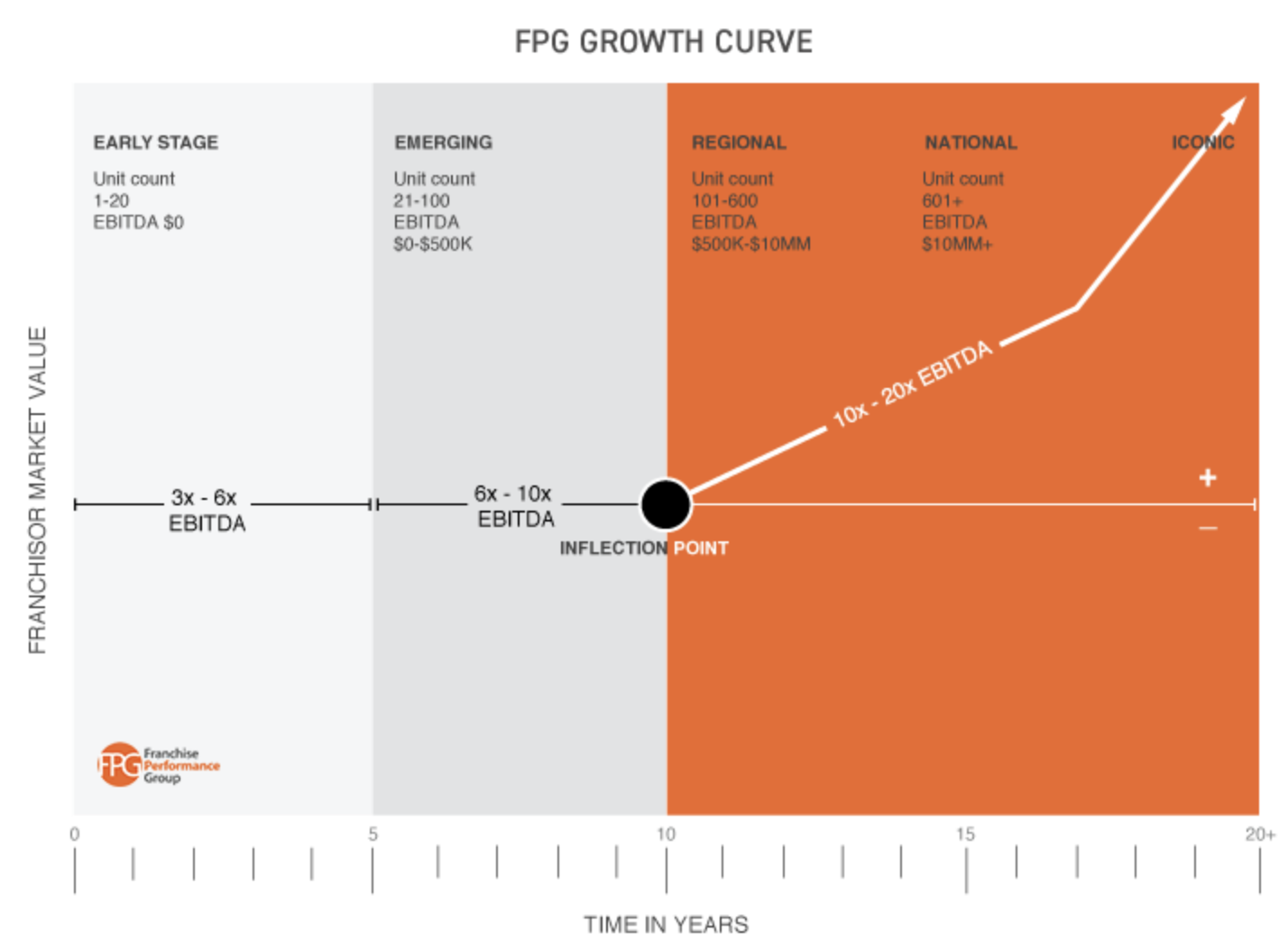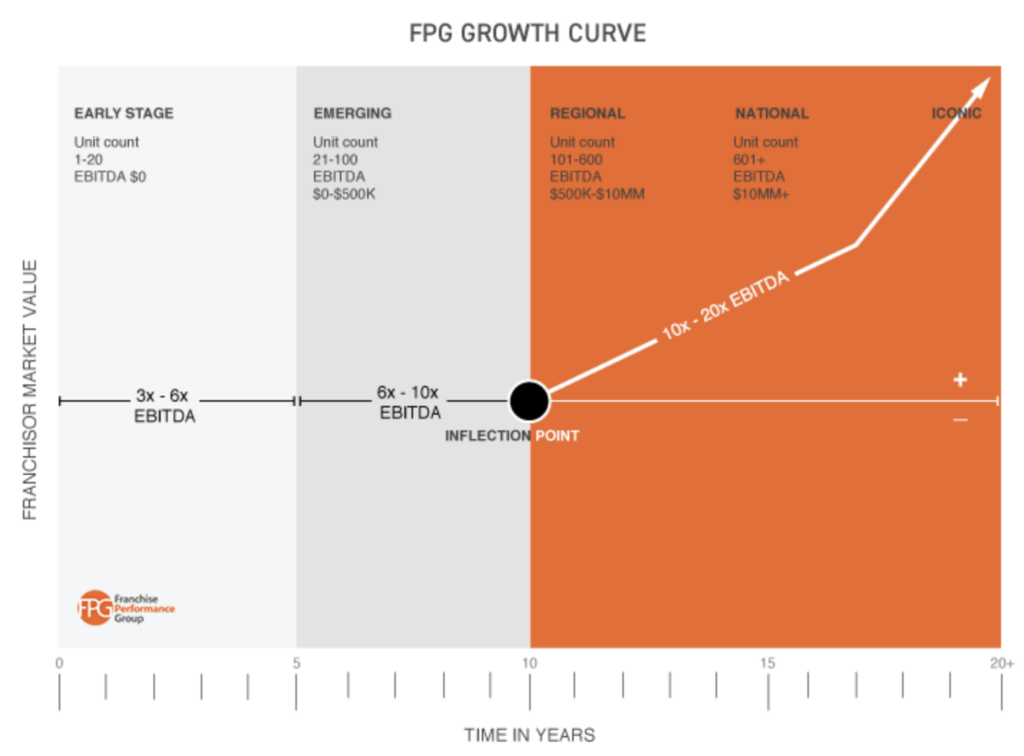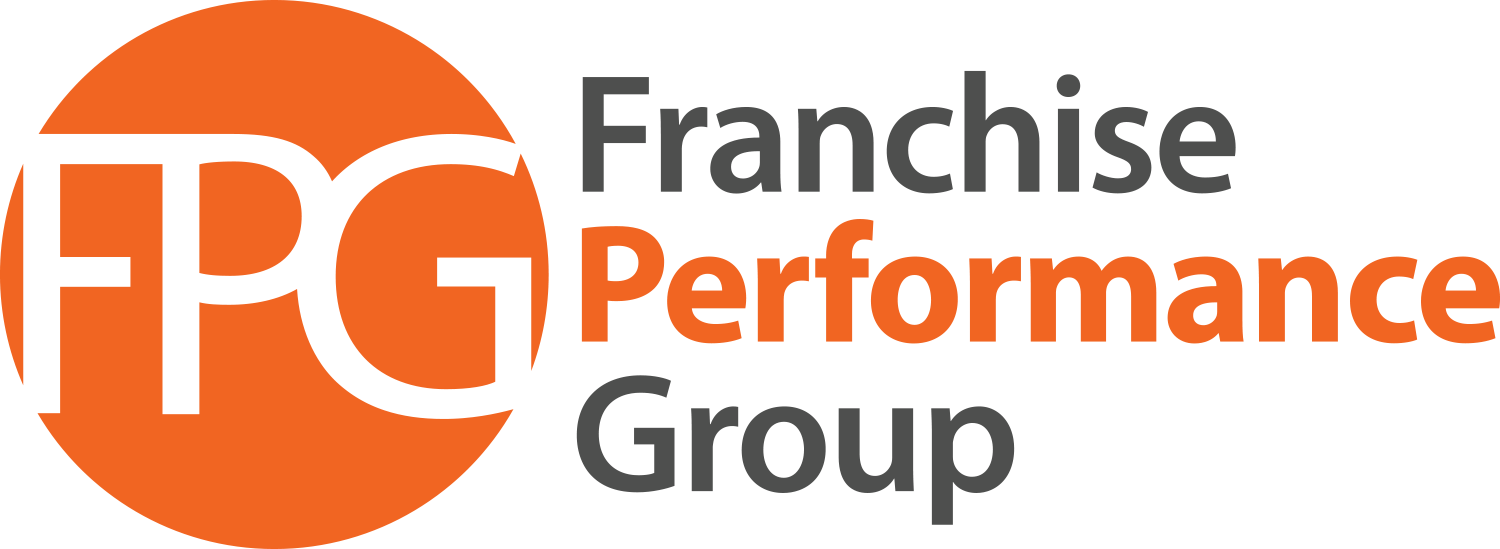

The marketplace always rewards franchise opportunities demonstrating the following two characteristics: Positive franchisee validation and strong unit-level economics. Since highly profitable franchisees typically do not go to war with the franchisor, strong economics breeds franchisee contentment. Solid unit-level economics appear to be driven by the following 5 key attributes:
- Unique products and services. The business model has to offer their target market something different, better, and more valuable than other comparable businesses. If not, the market will quickly become inundated with copycat concepts, commoditizing and devaluing the products and services, killing opportunity for all brand stakeholders.
- Profitability. The model has to consistently exceed the expectations of the franchise candidates most likely to invest in it. Franchisees should be able to retrieve their total investment in 3 years or less. For investor models, the market rewards 25% or better ROI and 50% or better cash-on-cash return, with a minimum return of $75,000 per unit, after paying a manager and before debt service. For owner-managed businesses, the target owner should be able to replace their current income in year 2 and receive a 25%-35% or more replacement earnings growth in year 3. For more scalable models, the owner should be able to pay themselves an owner income plus offer ownership 25% ROI after their owner’s draw in year 3.
- Defensibility. The franchisor’s consumer-facing model must have high barriers to entry and be difficult to copy. The market will rapidly attract new entrants, oversaturating and commoditizing the franchisees’ product or service offering, driving down price and eroding margins. Some franchisors confuse such things as “first to market,” “largest brand” or “fastest growing” with a defensible brand position. Defensible brand positions include but aren’t limited to: innovation leaders (Apple), price leaders (Taco Bell, Walmart), unique customer experiences or relationships (Chick-fil-A), services with high risk for change (pediatrician), high convenience or speed of service (Little Caesars), luxury (Lexus), social responsibility (Tom’s Shoes), thought leadership (Boston Consulting), and customization or personalization (Blaze Pizza).
- Value to the customer. The brand has a clear understanding of how their target customers define their value, and the underlying business model consistently delivers more of that value than they accept in price points.
- Sustainability. The brand position has proven it is defensible against such competitive threats as disruptive technologies or better execution of a similar model.
If your model doesn’t already possess these 5 characteristics, the brand has potentially fatal flaws that will lead to a weak competitive brand position and an almost-certain growth plateau or plunge the brand headlong into a turnaround scenario. This negative trajectory in turn will lead to fewer viable franchise candidates and poor franchise sales results.

According to a recent FRANdata study, only about 17% of franchisors make it past the Emerging Growth stage to Regional stage (see chart above). Therefore, it’s incumbent on the brand to embed these 5 key attributes into their model while still in the early stages of growth. Furthermore, according to the 2018 FranConnect Franchise Sales Index, 87% of the franchise new deal flow for over 400 brands FranConnect tracked went to franchisors with more than 75 units, which is near the Emerging Growth inflection point above. Brands that move past this inflection point have presumably figured out their value proposition and developed a system to predictably and consistently deliver value to the marketplace. The numbers clearly show the franchise buying market doesn’t reward brands that seek to prove out their model using a trial-and-error method with franchisees’ money.
Brands that possess these attributes while still in the early or emerging growth stages need only get their story out into the marketplace. A steady stream of potential franchisee investors who want what the franchisor offers is already looking for them.
I recently received an email which outlined Fastsigns CEO Catherine Monson’s 4 key objectives for the year:
- Increase franchisees’ profitability
- Increase average center volume
- Increase brand value
- Increase franchisee satisfaction
Bravo, Catherine. Shouldn’t this be every franchisor’s 4 key objectives for every year?
Notice there are no franchise sales objectives. For brands that consistently and successfully achieve these objectives, will they ever have a problem recruiting franchisees or encouraging existing franchisees to expand?
Did you hit your growth objectives in 2020? Are you on track for 2021?
Click here to speak with someone from FPG.
Join FPG’s LinkedIn Group dedicated to best practices
Franchising Thought Leaders
About Franchise Performance Group (FPG)
With over 100 years of collective experience working with more than 100 brands, FPG is a leading franchise specialty consulting firm helping brands create more rapid and sustainable growth. FPG provides franchisors with an integrated franchisee recruitment platform, bringing together website design, digital marketing, lead generation, brand storytelling, franchisee recruitment process design, and outsourced franchisee recruitment and departmental leadership.
About Joe Mathews
Mathews, a franchising innovator and thought leader, is CEO and founding partner of Franchise Performance Group. Mathews has written four books on franchising: Amazon.com best-seller Street Smart Franchising, The Franchise Sales Tipping Point, Developing Peak Performing Franchisees and How to Create a Franchise Sales Breakthrough. Guaranteed. He has also written or been featured in about 70 articles on franchising that have appeared in such publications as USA Today, Fortune, Entrepreneur, Businessweek, Working Woman, Wall Street Journal, Southwest Airlines Magazine, Franchise World, Franchise Times, Franchise Update and other publications.
In addition to publishing, Mathews has written and taught two ICFE classes, wrote the ICFE study guide section on franchise sales and lead generation, and served on IFA’s Supplier Board.
